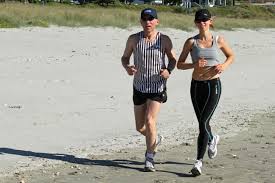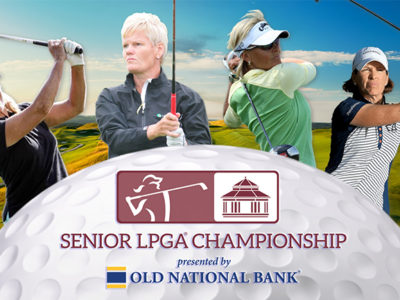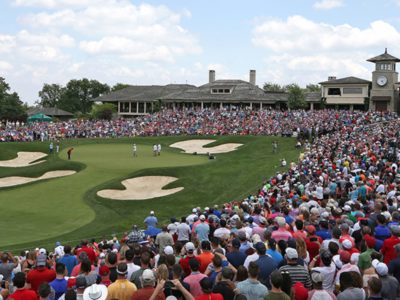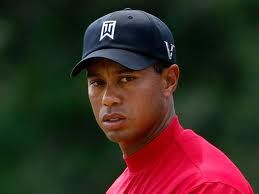By Fred Altvater
Although the women’s golf competition at the Olympics had not yet been completed before publishing this issue, the men’s competition had wrapped up and we have a few thoughts.
NBC Coverage
The announcers were adequate, but the camera work was not. While normal golf announcers Dan Hicks and Terry Gannon were on assignment with other Olympic sports, Rich Lerner took the lead on site with Justin Leonard and Paige MacKenzie handling analyst duties. David Feherty, Jim Mackay, Tod Lewis, Kay Cockerill and Steve Sands were also in Tokyo.
Lerner as always was the ultimate professional trying to cover for visuals that weren’t always on time, or the wrong image. Jim ‘Bones’ Mackay is always on point, but Feherty seemed to be on a massive dose of Xanex. Evidently telecast producers were overly concerned with his penchant for humorous remarks and threatened him with career suicide if he said the wrong thing. 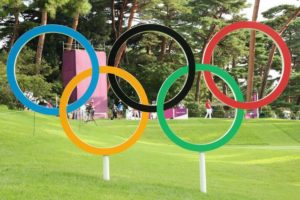
Back in the NBC Broadcast Center in Stamford, Connecticut, Shane Bacon played host with analyst Paul Azinger, Tom Abbott, Karen Stupples, and Anna Whiteley.
There was no blimp and aerial coverage was created by using cameras hung on wires high above the fairways. The pictures were not always the best and the cameras did not adequately pick up ball flight. Fans, as well as, the announcers were kept guessing as to where the ball actually was.
The biggest problem with the coverage was the constant interruption by the seemingly hundreds of commercials. I understand the need for media partners to fund the expense of producing a golf telecast, but the preponderance of commercials made viewing unbearable. The only way I could watch was to tape it and fast-forward through them.
One wonders if advertisers balked at expensive TV time and NBC was forced to discount each ad buy and then include more sponsors to cover the cost?
On a positive note, I was using the remote so often that I didn’t have a chance to doze off and miss any of the action.
Is Olympic Golf really necessary?
Only players in the top 60 in the world are invited and they can invite one countryman to join them. It is not really a team event. There are a couple of minor golf countries involved, but is that exposure to lure new fans to the game warranted?
The U.S. had four top name players in the field. Dustin Johnson earned a spot, but decided his time was better spent staying at home with Paulina. Bryson DeChambeau was looking forward to hitting bombs over Tokyo but was derailed by a negative COVID test. Collin Morikawa, Xander Schauffele, Justin Thomas and Patrick Reed provided a formidable American presence.
When Reed, who had played in the 3M Championship in Minnesota, found out he was to be DeChambeau’s replacement, he was not able to arrive in Japan until Wednesday evening and only viewed the course from a cart before teeing it up on Thursday morning.
Kasumigaseki Country Club
The East Course at Kasumigasecki Golf Club is a beauty and has a wonderful history, but it was a birdie fest for the top players.
It appears Fazio did an acceptable job of preparing the course for the Olympics. His signature deep bunkers with sharp edges and movement around the green complexes were visually pleasing, but this is a country club course, better suited for a member-guest event than an international tournament with professional skills.
It was obvious that the USGA was not involved in setting up the course.
Final Comment
Wedged between The OPEN Championship, and the FedEx Cup Playoffs, the Olympic golf competition seemed anticlimactic. The course was too easy and the television coverage left me wanting. There were plenty of good names in the limited 60-man field, but for me, the negatives seemed to outweigh the positives. I am left wondering,
Do we really need golf in the Olympics?







